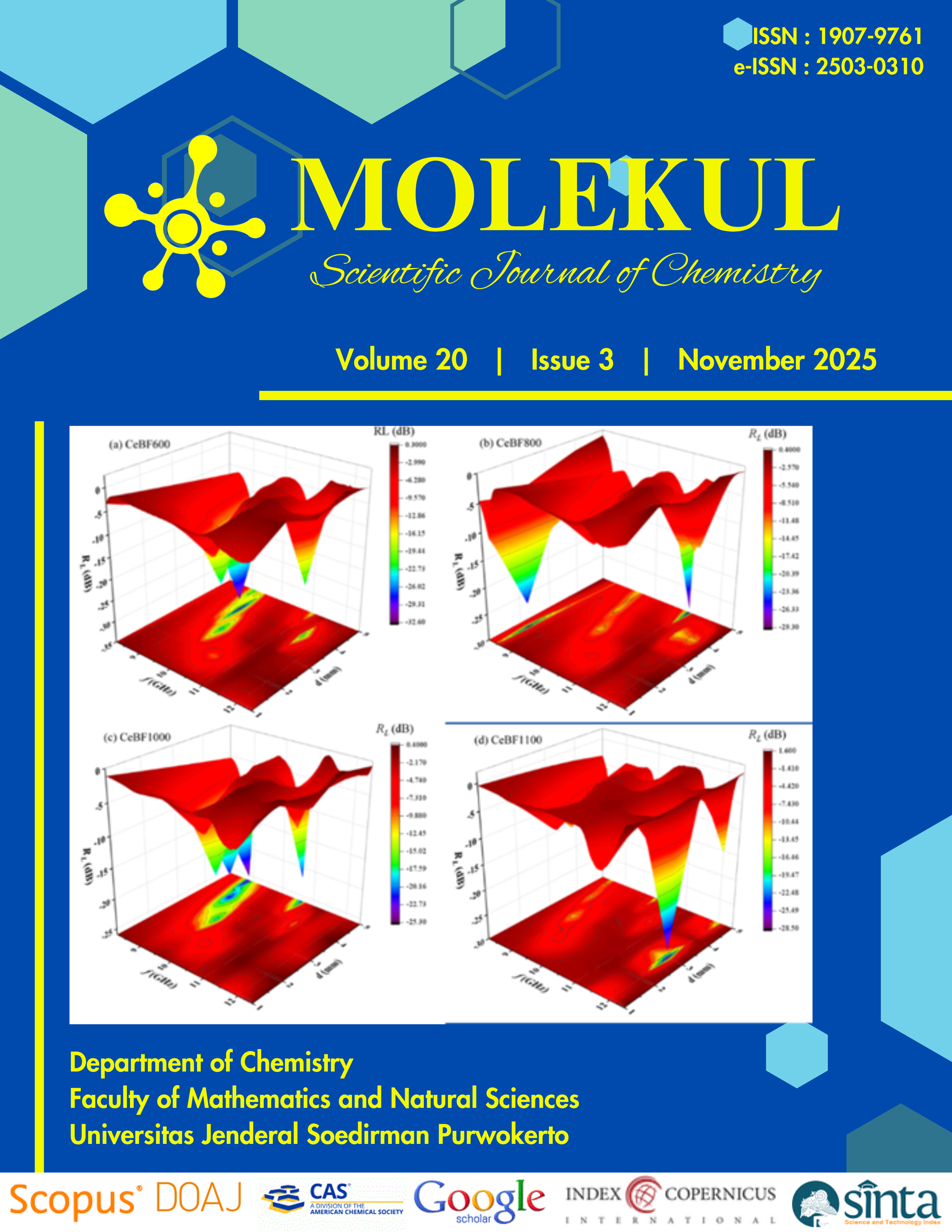Structural Insights into Mutant and Wild-Type InhA Proteins: Implications for Targeting Tuberculosis and the Role of NAD Cofactors
Abstract
ABSTRACT. The high death rate and prevalence of multidrug-resistant tuberculosis (MDR-TB) pose a significant global health challenge. Enoyl-acyl carrier protein reductase (InhA) from Mycobacterium tuberculosis is one of the main targets for drug development to treat tuberculosis. Wever, mutations in the InhA structure found in Mycobacterium tuberculosis are responsible for MDR-TB. The Protein Data Bank (PDB) 3D structure of InhA was used in this study. The PDB has 102 3D structures, with 77 structures for wild-type proteins and 25 structures for mutant proteins. The structures with the best resolution values and most favorable region statistics in Ramachandran plots were selected, and redocking and cross-docking simulations were performed with Autodock Vina software to study the binding affinity of protein-ligand complexes and to assess the impact of mutations on binding affinity. This research also provides insights into the influence of Nicotinamide Adenine Dinucleotide (NAD) cofactors, which increase ligand binding efficiency. The results show how important the NAD cofactor is for improving ligand binding and how mutations can change the therapeutic potential of the found ligands. They also give suggestions for structures that can be used to make drugs that fight multidrug-resistant tuberculosis. Based on the docking results, with an RMSD value of less than 2.00 Å, the structures recommended for the virtual screening stage are 5COQ, 5CP8, and 5OIF for mutant proteins and 2X23, 4BQP, 4D0S, 4OHU, 4OXK, 4TRJ, and 5MTR for the wild-type protein.
Keywords: Autodock Vina, Enoyl-acyl carrier protein reductase (InhA), multidrug-resistant tuberculosis (MDR-TB), NAD, Tubercolosis.
Authors agree with the statements below:
- Authors automatically transfer the copyright to the MOLEKUL journal and grant the journal right of first publication with the work simultaneously licensed under a Creative Commons Attribution 4.0 International License (CC BY 4.0).
- Authors are able to enter into separate permission for the non-exclusive distribution of the journal's published version of the work (e.g., post it to an institutional repository or publish it in a book), with an acknowledgment of its initial publication in this journal.













